So you’re standing in your front yard, scratching your head and wondering how on earth can I make my driveway less steep?
Perhaps you didn’t think about your lowered sports car when you bought the place (or any car, for that matter).
But here you are, with a driveway that’s stressful to drive, damaging your car’s underside or leaving you parking out on the street… all less than ideal.
The good news? You don’t have to choose between your house and your car by making some home improvements. From installing ramps to adding speed bumps, there are a few ways you can tackle your steep driveway…
How Steep Should A Driveway Be, Anyway?
Most driveway pavers won’t touch a project if your slope is more than 12 - 15 degrees. And that’s because anything more than this can lead to bottoming out, water pooling, sliding, accidents and safety hazards. Yikes.
So, How Can I Make My Driveway Less Steep?
Option 1: Reshape Your Driveway
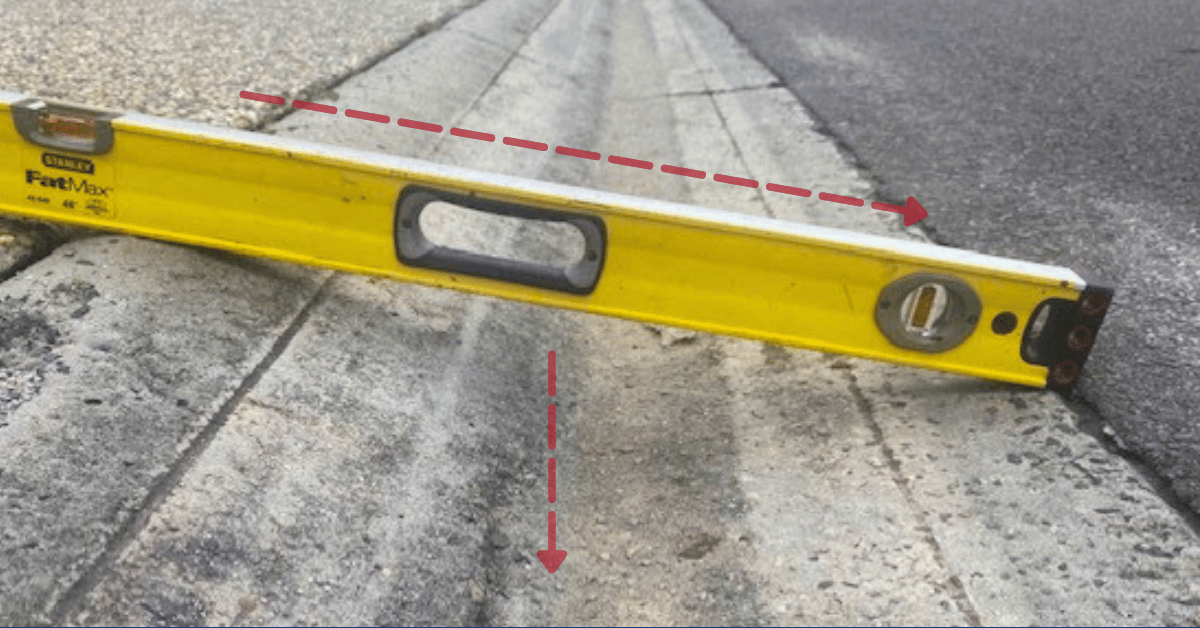
- $$$ High cost
- Difficult to implement
Reshaping your driveway is an advanced solution that will take more than a lazy Sunday afternoon. It involves pulling up your driveway and repaving it in an entirely new shape to add more curves. We don’t recommend trying to DIY this option - best to call on the professionals.
While curves and zig-zags don’t make your driveway less steep, they reduce the incline as you’ll be gradually cruising up, instead of straight up and down.
Pros:
- It’s effective in reducing the steepness
- It’s a long-term solution that can add value to your home
- You’ll have a comfortable, smooth drive each day
- You’ll no longer have to worry about where friends and family will park (and whether they’ll damage their bumper on the way into your house)
Cons:
- It’s an expensive solution as it involves careful planning, materials and professional labour
- DIY isn’t really an option to save a few bucks, you’ll need to call on professionals
- You may have to sacrifice parts of your front yard, such as gardens, to make way for the new driveway
- This option won’t work if you have limited space as there will be nowhere to add the curves
Option 2: Add Speed Bumps
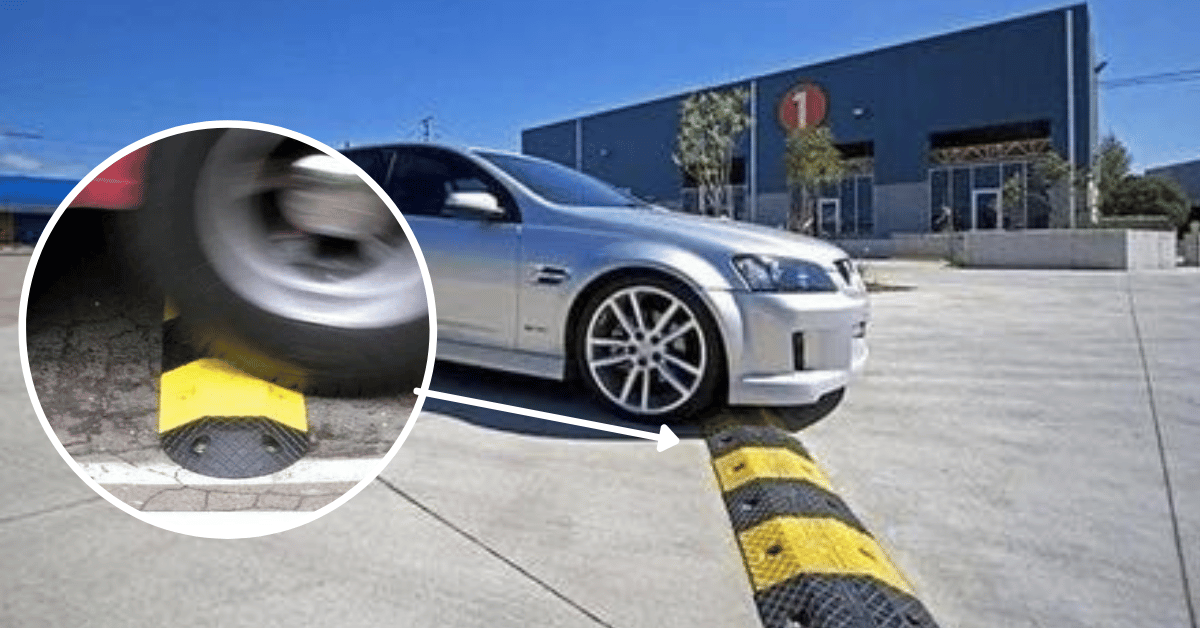
- $$ Mid-cost
- Moderate difficulty
Installing permanent speed bumps along your driveway can reduce slipping and bottoming out. Sure, it’ll make the drive a little less smooth, but they act as anchors to help your car stay where it is.
Speed bumps can be made from concrete, asphalt, plastic, rubber or steel. The cost (and appearance) will vary depending on the approach you use. Once again, we don’t recommend trying to DIY this option because you want to ensure they’re properly installed.
Pros:
- They’ll make your driveway safer to use and prevent slippage
- It may be more cost-effective than reshaping your driveway
- There are a range of different materials available to suit your budget and aesthetic
- You’ll no longer have to worry about where friends and family will park (and whether they’ll damage their bumper on the way into your house)
Cons:
- It can be costly as it involves careful planning, materials and professional labour
- It’s not recommended to DIY, you should call on professionals to install them
- Some drivers and homeowners don’t like the feeling of speedbumps as they can make it a bumpy ride
- Speed bumps may not be as visually appealing as options like reshaping your driveway
Option 3: Add Gravel
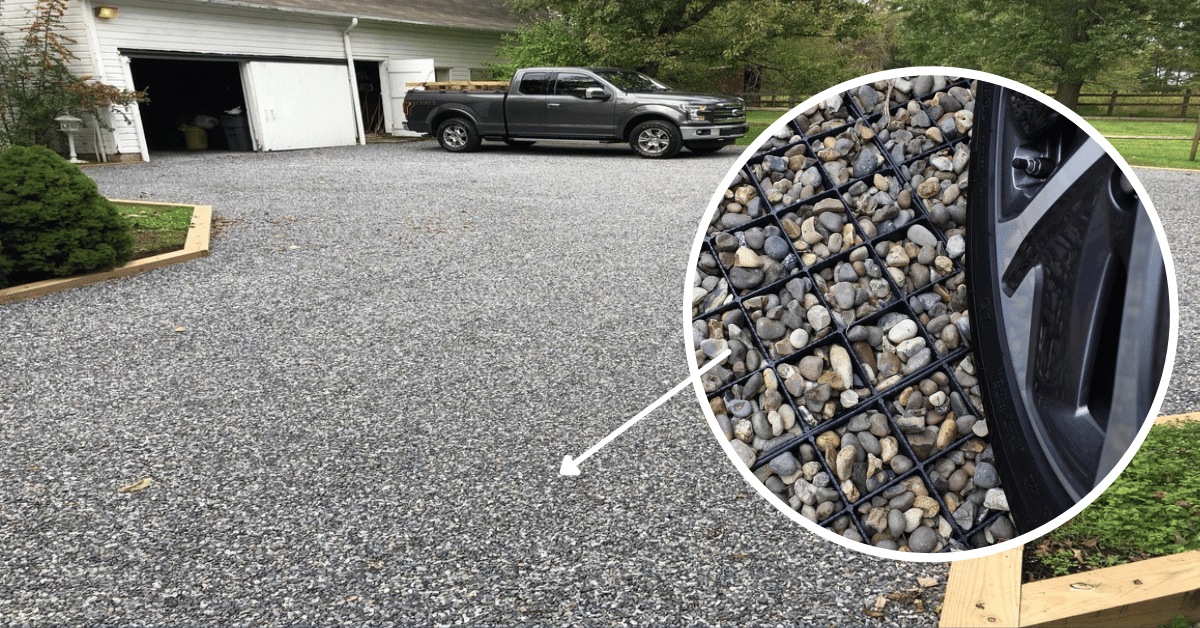
- $ Low cost
- Easy to implement
It might not be the most visually pleasing option, but adding gravel to your driveway can provide more traction than a paved driveway, contributing to a smoother, safer drive. You also have the flexibility to build up the gravel in certain areas to reduce the incline. Better yet, it can be cost-effective and easy to implement.
Pros:
- Gravel adds more traction to your tyres
- It’s relatively low cost and easy to implement
- You have the option to DIY or hire someone to assist
Cons:
- It’s not a long-term, permanent solution as the gravel can wear down and loosen over time
- You’ll need to commit to ongoing maintenance
- Gravel isn’t as visually appealing as paved driveways
- Gravel can be harsh on tyres, leading to wear and tear over time
- A gravel driveway can make your car dirty, especially if you’re driving up and down daily
Option 4: Regrade Your Driveway 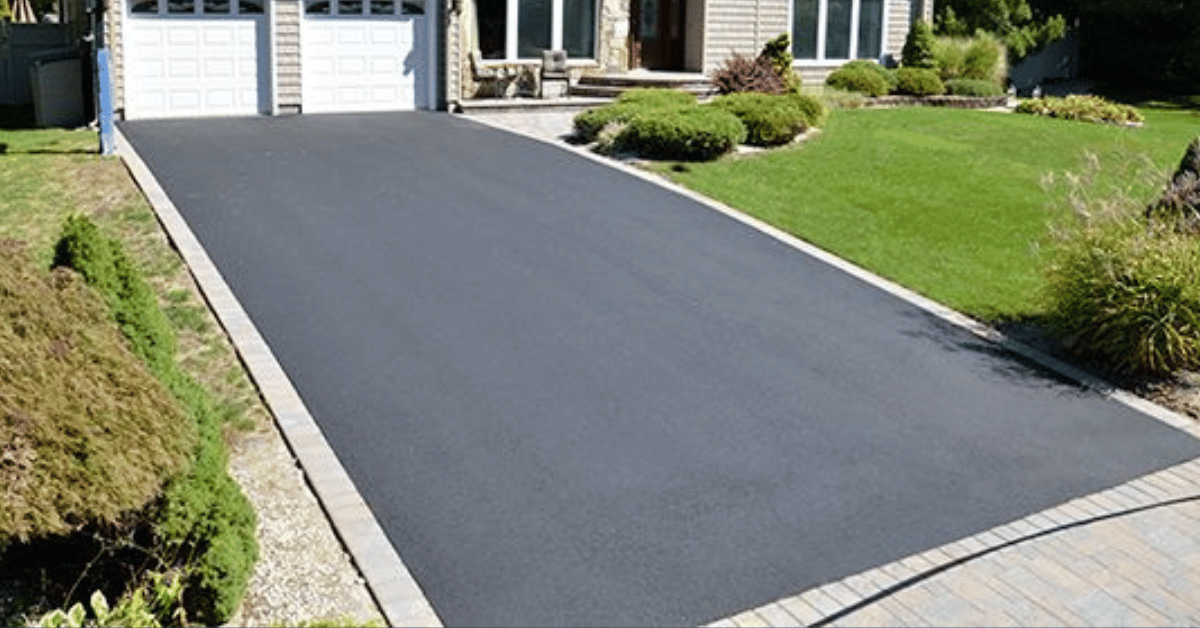
- $$$ High cost
- Difficult to implement
Just like adding curves to your driveway, regrading your driveway is a big commitment. It involves removing your existing driveway, then adding additional soil to change the slope, before repaving it. It’s not for the faint-hearted.
Once again, this isn’t a DIY option. It’s time to call in the experts.
Pros:
- It’s effective in reducing the steepness
- It’s a long-term solution that can add value to your home
- It’ll increase comfort and smooth your drive
- You’ll no longer have to worry about where friends and family will park (and whether they’ll damage their bumper on the way into your house)
- Unlike adding curves, you don’t need additional space, you can work within the current area of your driveway
Cons:
- It’s an expensive and time-consuming solution involving careful planning, heavy machinery, materials and professional labour
- DIY isn’t an option to save a few bucks, you’ll need to call on professionals
Option 5: Install a Rubber Kerb Ramp
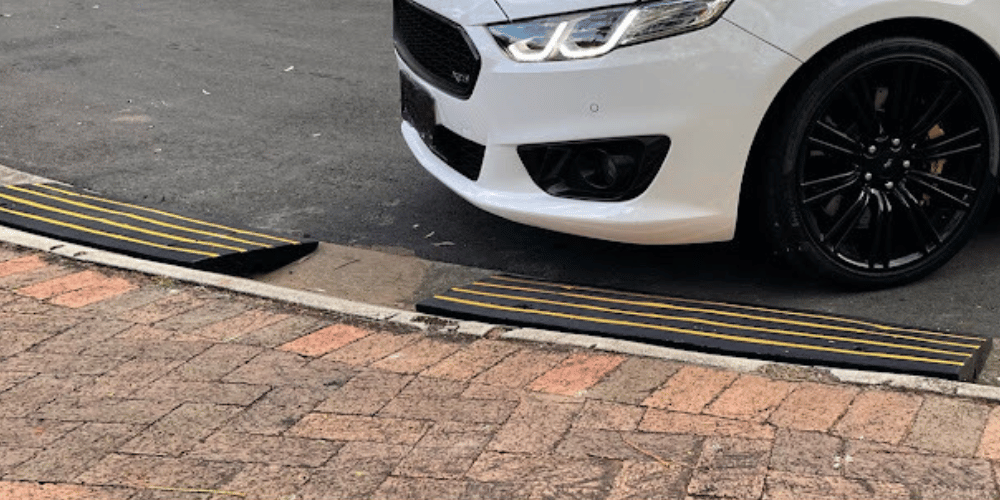
- $ Low-cost
- Easy
If your main concern is the steep transition from the road to your driveway, then a rubber kerb ramp should do the trick. This option can help to smooth the transition for a whole range of vehicles, from lowered cars to motorhomes to trailers.
Pros:
- Simple and cost-effective
- An affordable alternative to regrading your driveway
- There are different kerb ramps available for different driveway types, including rolled driveways, layback driveways, square driveways and cul-de-sac driveways
- High-quality brands come with additional features like bolt holes to secure them to the ground, inbuilt water channels and reflective strips to illuminate your driveway
Cons:
- A rubber kerb ramp is only a solution for the entry to your driveway, it won’t help reduce the steepness as you’re driving up
- Depending on the area you live in, you may have to consult your council for approval (especially if you plan on securing them to the ground)
Find out more about the best rubber kerb ramps here
You Don’t Have To Choose Between Your House And Your Car
As you can see, there are a range of options to reduce a steep driveway (and thankfully, none of them involve putting your house on the market to save your car). The best option for you will depend on your budget, driveway type, space and preferences.
At Ramp Champ, we can’t help with reshaping or regrading your driveway (we’ll leave that to the experts).
But we can help with finding a suitable rubber kerb ramp or speed bump to create a smooth transition (this is when we’re the experts).
We’re Australia’s largest ramp retailer, selling thousands of ramps per year. Unlike many automotive stores that only have one ramp option on the shelf, we’ve got a whole range to choose from, suitable for rolled edge driveways, layback driveways, cul-de-sacs and more.
We’d love to help you find a rubber kerb ramp so you can keep your car spick and span. Give us a buzz on 1300 913 047 or email us at hello@rampchamp.com.au

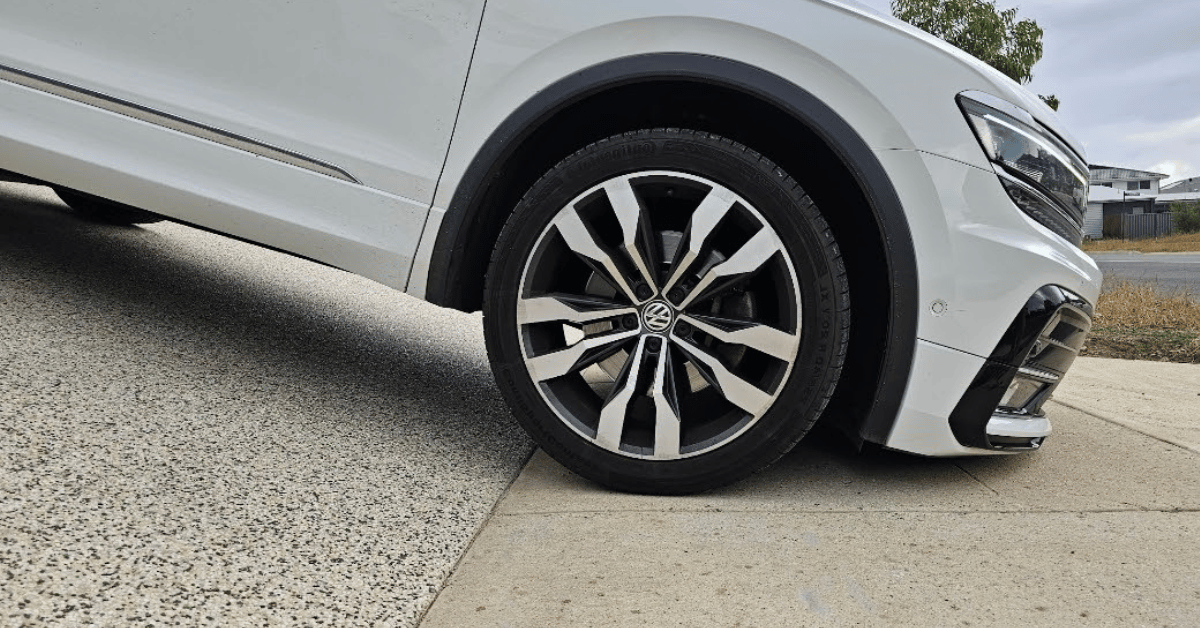

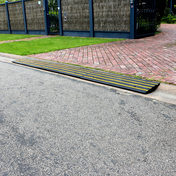
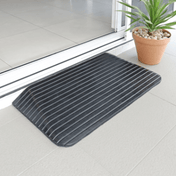
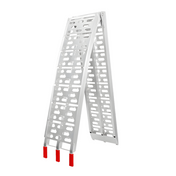
2 comments
Hi Mitchell,
We understand how frustrating it can be when we hear our cars scrape and finding a solution seems like an impossible task. Worry not because we’re here to help. Please send us a photo of your driveway and a description of the problem area and one of our sales experts will assist you in finding the most suitable product for your problem.
Chasing a solution for my driveway firstly it’s not cut in but that is only half the battle it gets very steep quickly. which is more the problem low cars can not get up it at all and some 4×4 bottom out on the tow ball I am happy to send a picture so you can have a look at what I’m talking about cheers Mitch